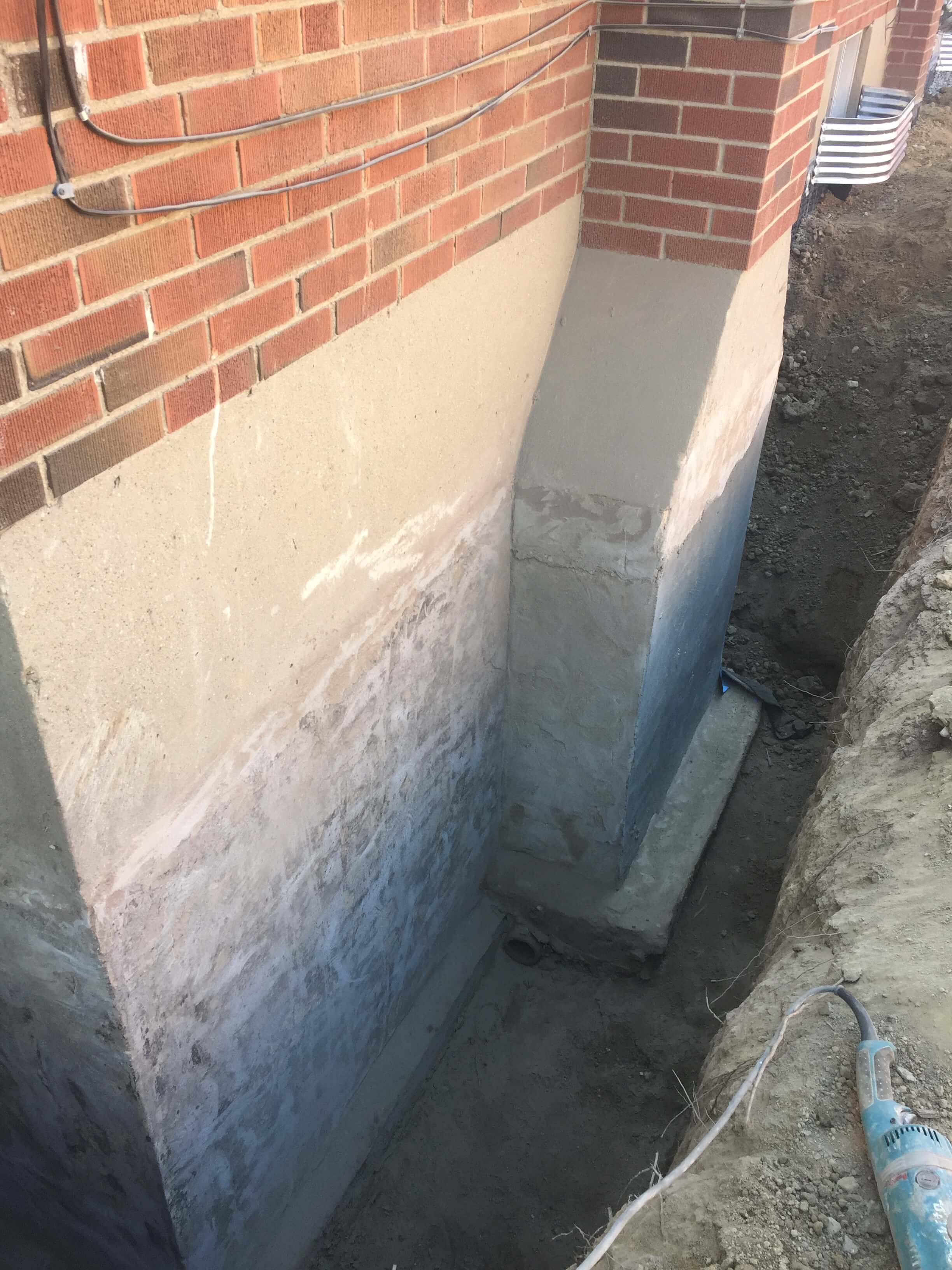Common Waterproofing Mistakes plus Ways to Avoid Them
Water damage can be catastrophic for any house or building, leading to expensive fixes and potential health risks. This makes water resistance an crucial aspect of property care that all property owners should consider seriously. Unfortunately, many people ignore key aspects of waterproofing or fall victim to common misconceptions, which can worsen problems instead of mitigating them. Understanding the significance of effective waterproofing techniques is crucial for safeguarding your property and ensuring the safety of your family.
In this post, we will discuss common waterproofing mistakes that property owners often make and provide tips on how to prevent them. By highlighting the importance of waterproofing in areas such as cellars, rooftops, bathrooms, and outdoor structures, we aim to equip you with the knowledge needed to protect your property from water damage. From understanding when expert help is required to dispelling waterproofing myths, we will guide you through what you need to know for successful waterproofing strategies.
Essential Water-Resistant Guidance
Waterproofing is a critical aspect of maintaining the integrity of any home or building. Understanding why waterproofing is necessary for any construction can spare property owners and administrators substantial time and costs by stopping water-related issues. From foundations to ceilings, effective waterproofing can guard against water escapes and dampness infiltration, which, if overlooked, could lead to fungus growth, rot, and expensive fixes. By spending in effective waterproofing methods, you can make certain your home remains a protected and livable place.
One popular myth is that waterproofing is only necessary in regions prone to intense precipitation. In truth, every structures require certain form of moisture-proofing to safeguard against a multitude of water-related concerns, including moisture, dampness, and unexpected floods during inclement weather. Waterproofing fallacies debunked reveal that just minor moisture issues can morph into significant problems if not handled. Recognition of these hazards can prompt proactive actions before it becomes too difficult to intervene.
Spotting clues that your building needs waterproofing is crucial in preventing more extensive damage. Householders should watch for tell-tale clues such as chipping paint, moisture in basements, and stale odors, which may indicate moisture ingress. By recognizing these indications early on and understanding how to moisture-proof your lower level and other exposed areas effectively, you can guard your investment and preserve your property's value over the years.

Effective Waterproofing Strategies
One of the most effective waterproofing strategies is to guarantee proper drainage around your property. This involves grading the terrain away from the foundation and installing gutters and downspouts that direct rainwater away from the building. Effective drainage prevents water from collecting near your foundation, which can lead to leaks and other water damage. Regular maintenance of these methods is crucial to avoid blockages that can cause water to leak and seep into the building.
Another key method is to choose the right waterproofing materials for your individual needs. Whether you're considering interior or exterior waterproofing, it's important to select top-notch products designed for the spaces you're working in. For instance, basement waterproofing may require the use of specialized membranes and sealants, while roof waterproofing might improve with coatings that resist UV radiation and temperature fluctuations. Studying and selecting the best waterproofing materials can greatly impact the longevity and effectiveness of the approach.
Lastly, think about working with experts who have knowledge in waterproofing to ensure a proper process. While DIY methods can be tempting, professional evaluations can identify latent issues that may not be apparent. Experts can provide tailored recommendations and ensure proper implementation of techniques and materials. Allocating resources in professional services can be a smart move to protect your home from costly water damage in the long run.
Frequent Errors and Solutions
One of the most frequent errors in waterproofing is overlooking adequate surface readiness. Many homeowners hasten the process, putting on waterproof coatings over unclean or irregular surfaces. This can lead to sticking issues, leading in flaking and inefficient waterproofing. To avoid this, always spend adequate time washing and repairing the surface before applying any products. A clear and even surface enhances the effectiveness of the waterproofing material.
Another frequent error is overrating the abilities of DIY solutions. While there are many effective waterproofing products on the market for home use, they often require specific application methods to achieve the optimal results. Homeowners occasionally apply too light a layer or neglect to adhere to the manufacturer's guidelines. To avoid this problem, consider consulting professionals for challenging areas like cellars or roofs, ensuring the job is done correctly and that you use the appropriate products for your particular needs.
Lastly, ignoring indicators of water damage until it becomes severe is a major oversight. Homeowners often delay too long to address noticeable leaks or moisture issues, leading to costly repairs down the line. Regular inspections and maintenance can help catch potential issues early. Establish a seasonal schedule to check for leaks, cracks, and signs of mold to keep your home safe and minimize long-term damage.